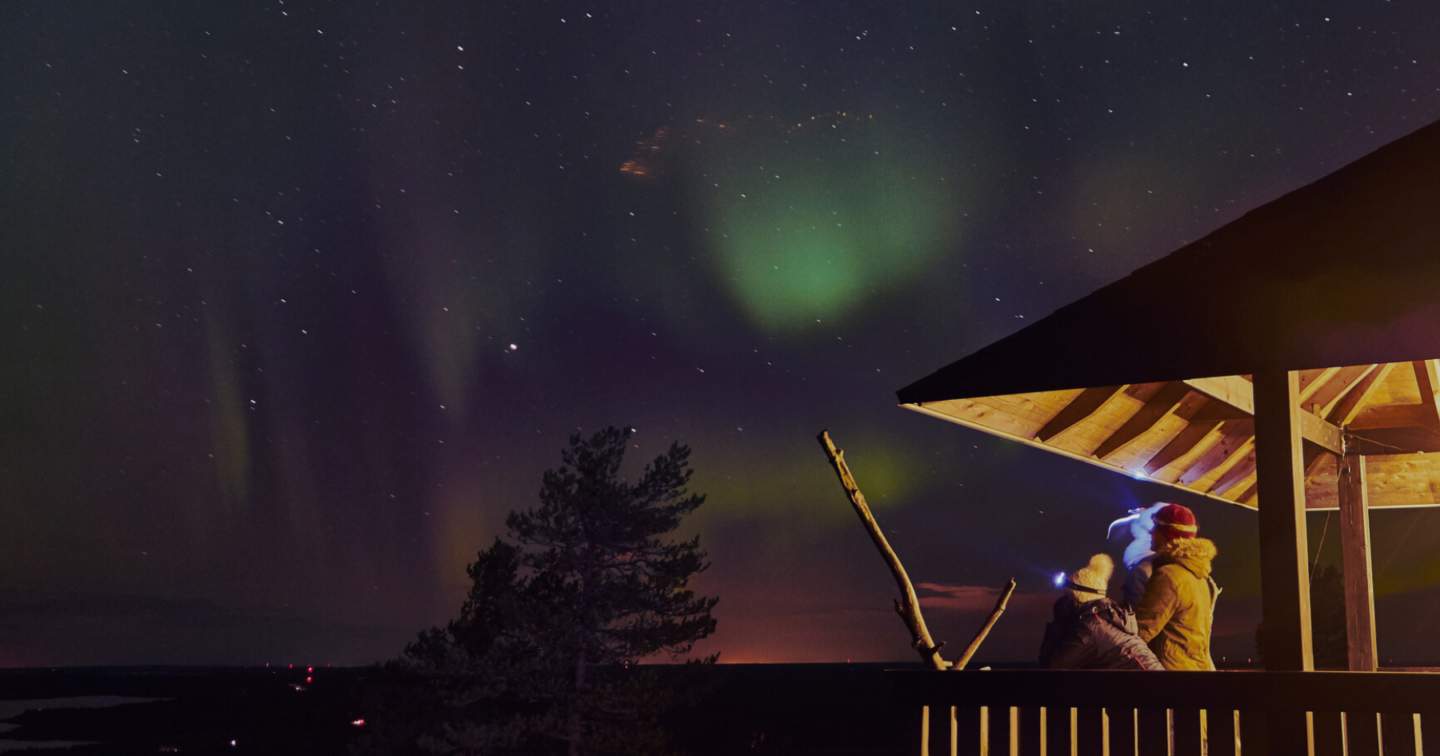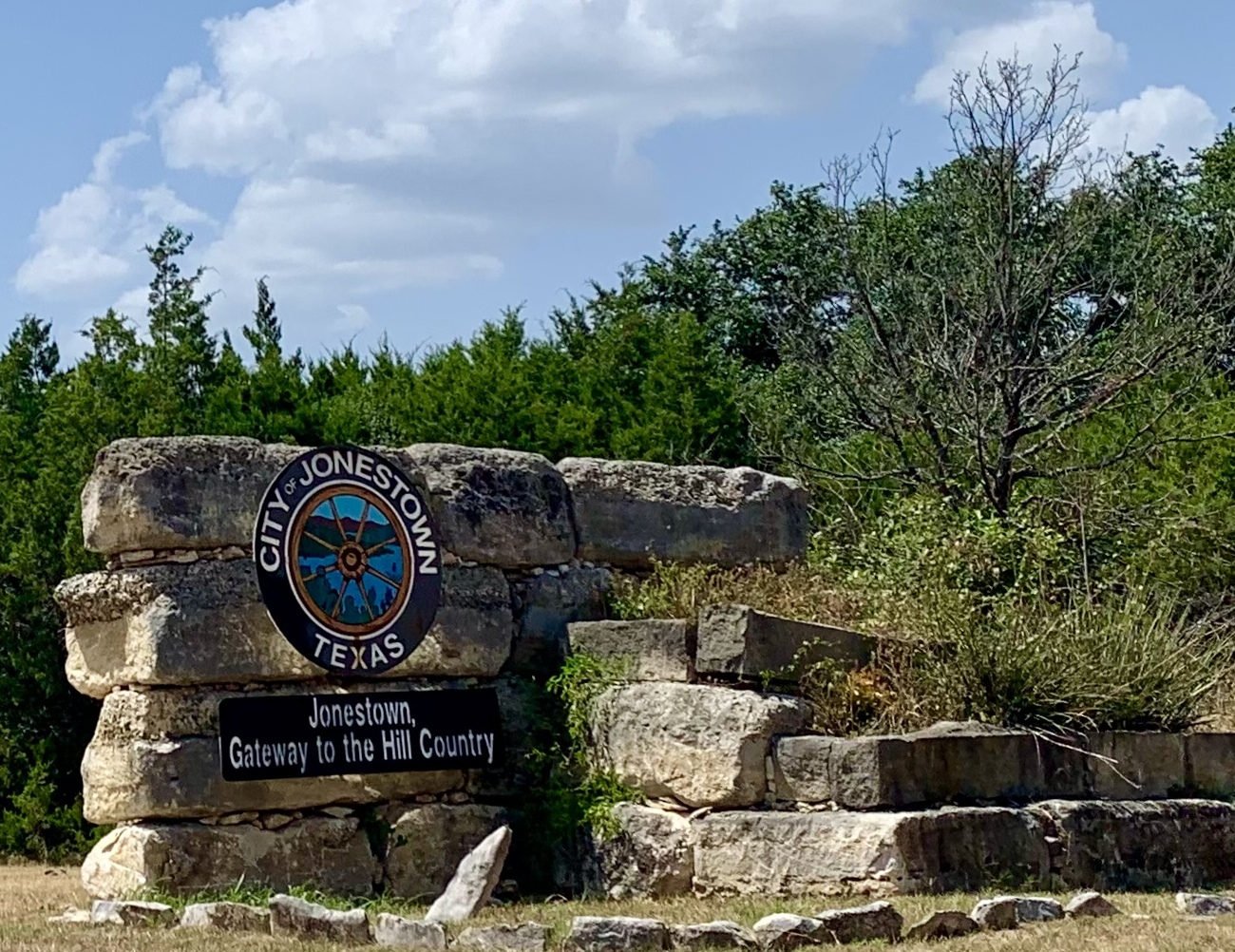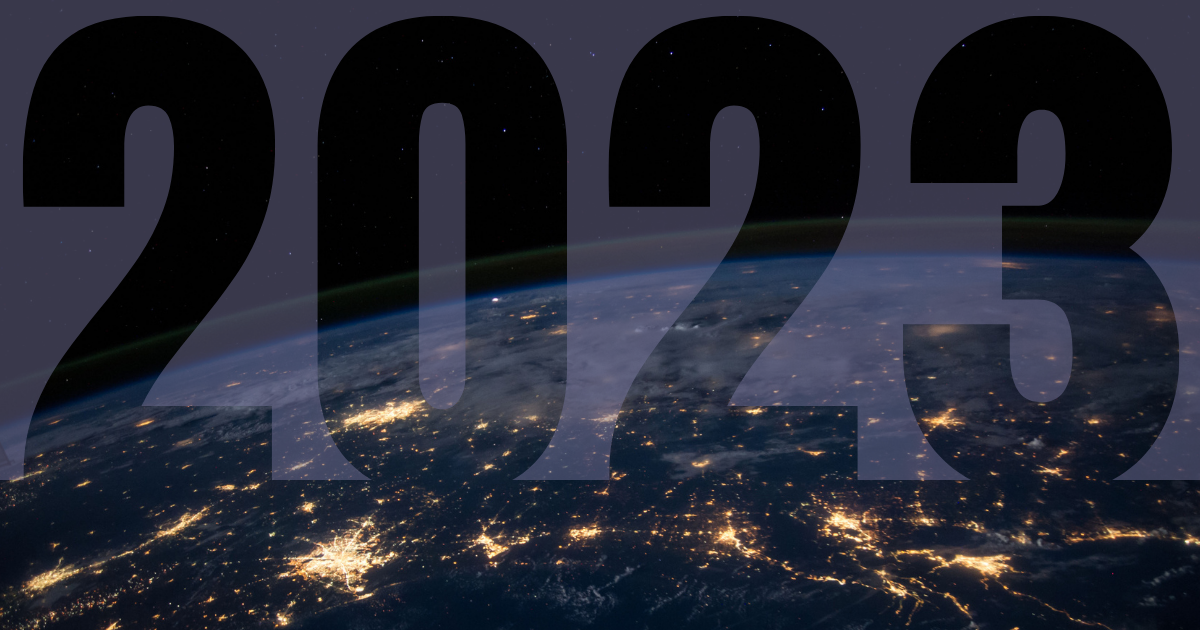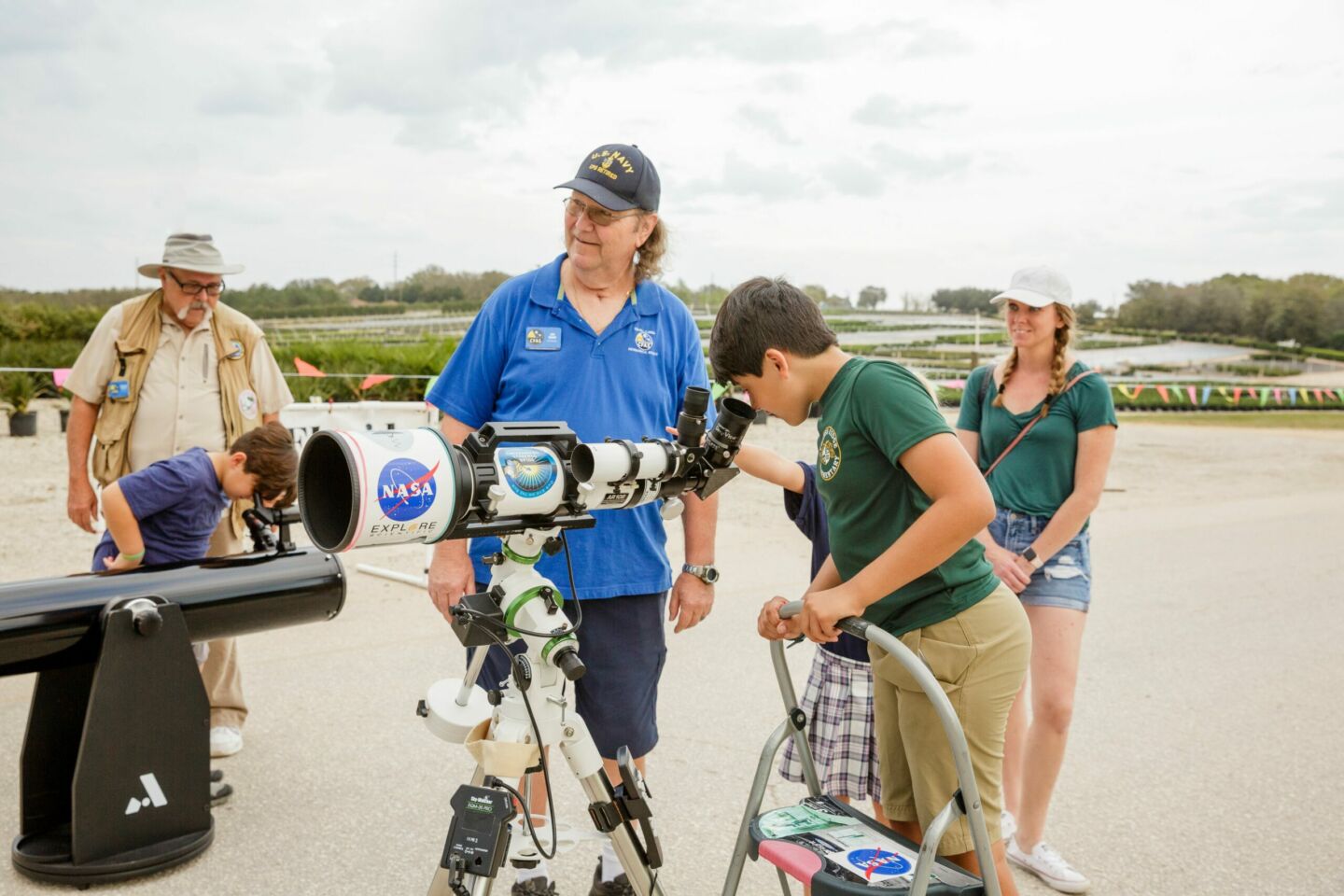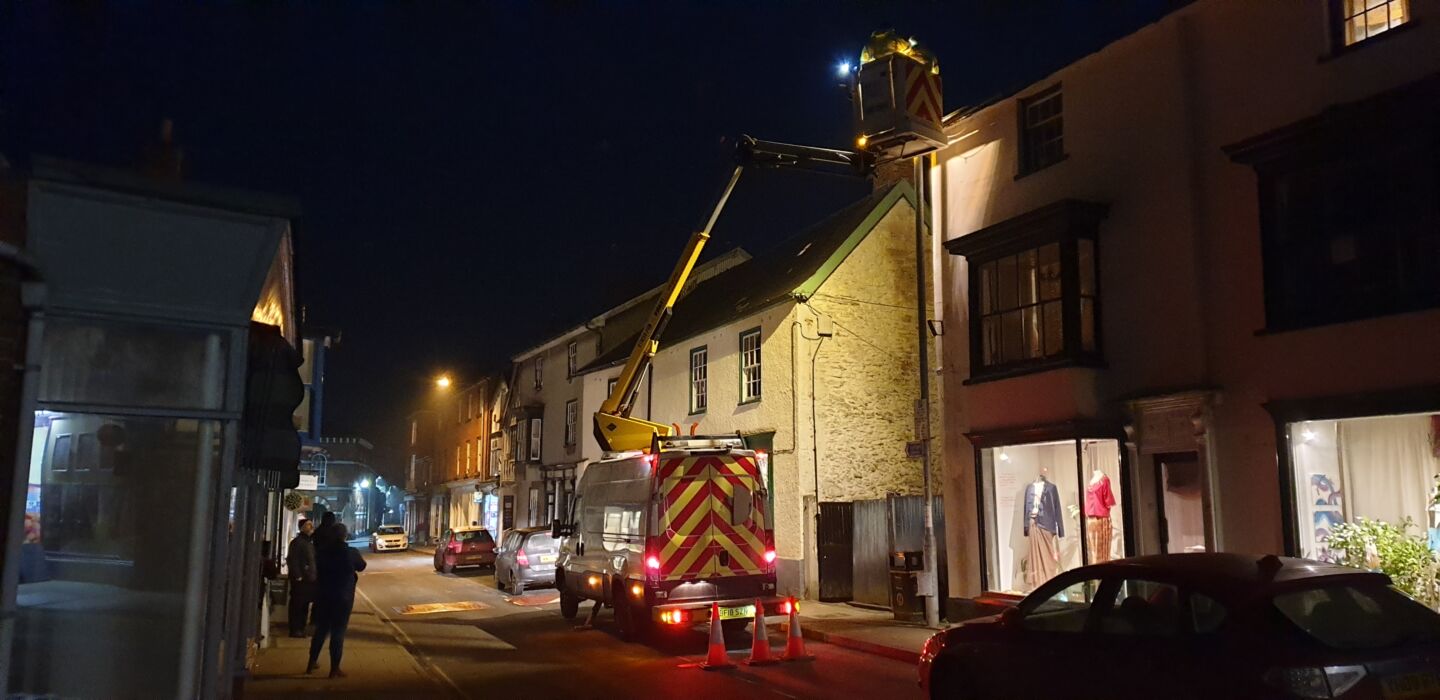
Q&A with DarkSky Advocate Federico Pellegrino
An environmental activist from Italy, Federico Pellegrino advocates for dark skies, educates about light pollution, and works to preserve the night sky for future generations through the Sideralis Officina delle Stelle association, which he founded.
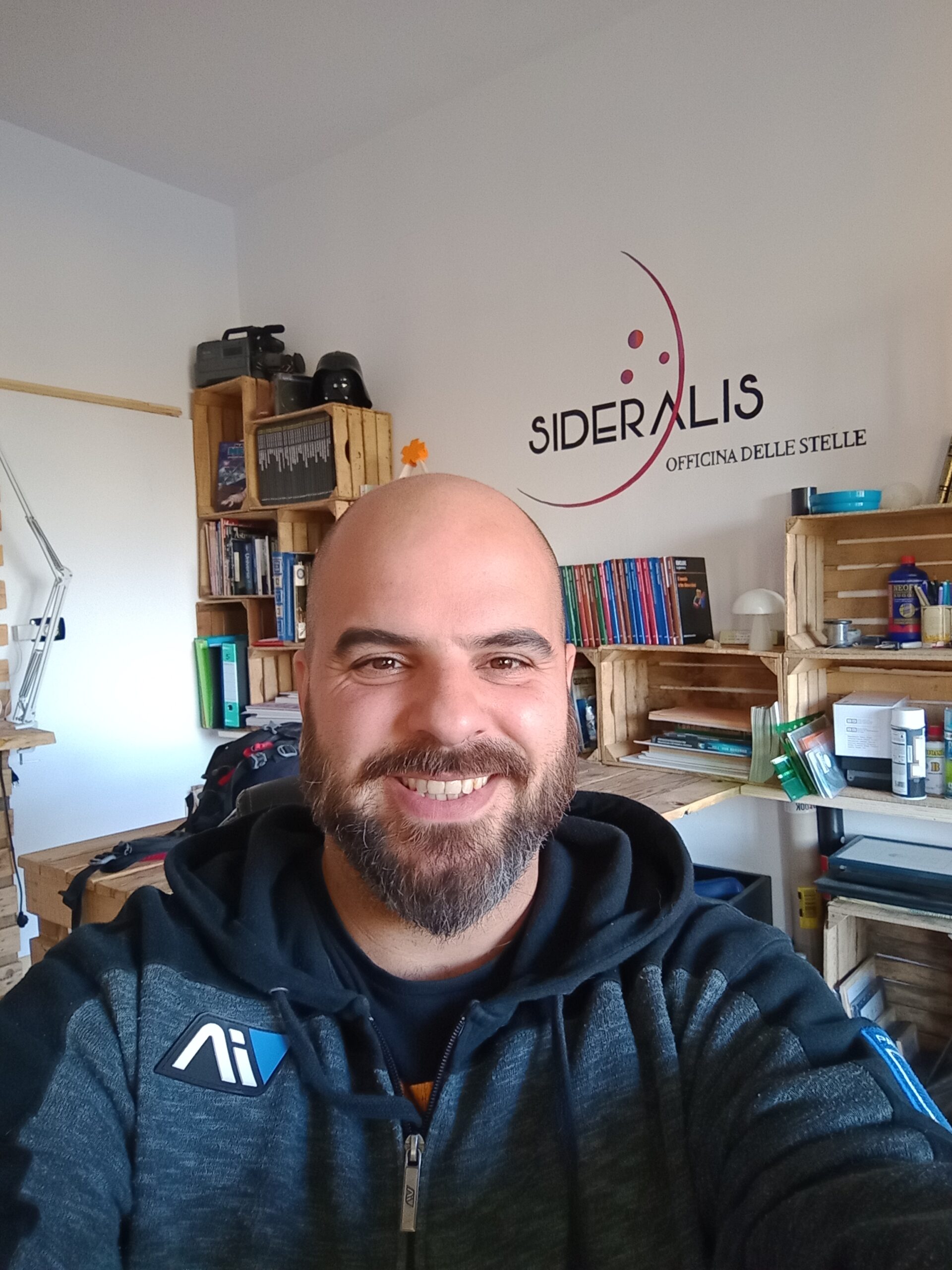
Each month DarkSky International features a DarkSky Advocate from the worldwide network of volunteers who are working to protect the night. This month we’re highlighting the work of Federico Pellegrino from Grana Valley, Italy.
We recently spoke with dark sky advocate Federico Pellegrino from Italy about his passion for bringing people to the outdoors to marvel at the beauty of nature both on Earth and above it. Federico tells us about his time spent bringing the facts of light pollution to younger audiences as he believes that the night sky belongs to the future generations. Italy has a rich astronomical history, and Federico is proud to be a part of it today.
Q: Tell us a little about yourself! Who is Federico?
A: My name is Federico Pellegrino, I am an environmental activist and a hiking guide here in the Grana valley in Italy. I am CEO of Sideralis Officina delle Stelle association, of which I am the founder together with other astronomy and environmental issues enthusiasts.
I’ve always had a strong passion for starry skies and the environment in general, and I have always believed that we are all part of one big picture.
Nature has always been my home and this drove me over time to do my part to protect the Earth. By getting in touch with the stars and the night, I realized that I could try to make a difference by focusing my efforts on issues related to light pollution and its consequences on the biosphere. In an increasingly frenetic and busy world of production we are forgetting that we are part of a very delicate balance and as human beings we have a duty to protect it.
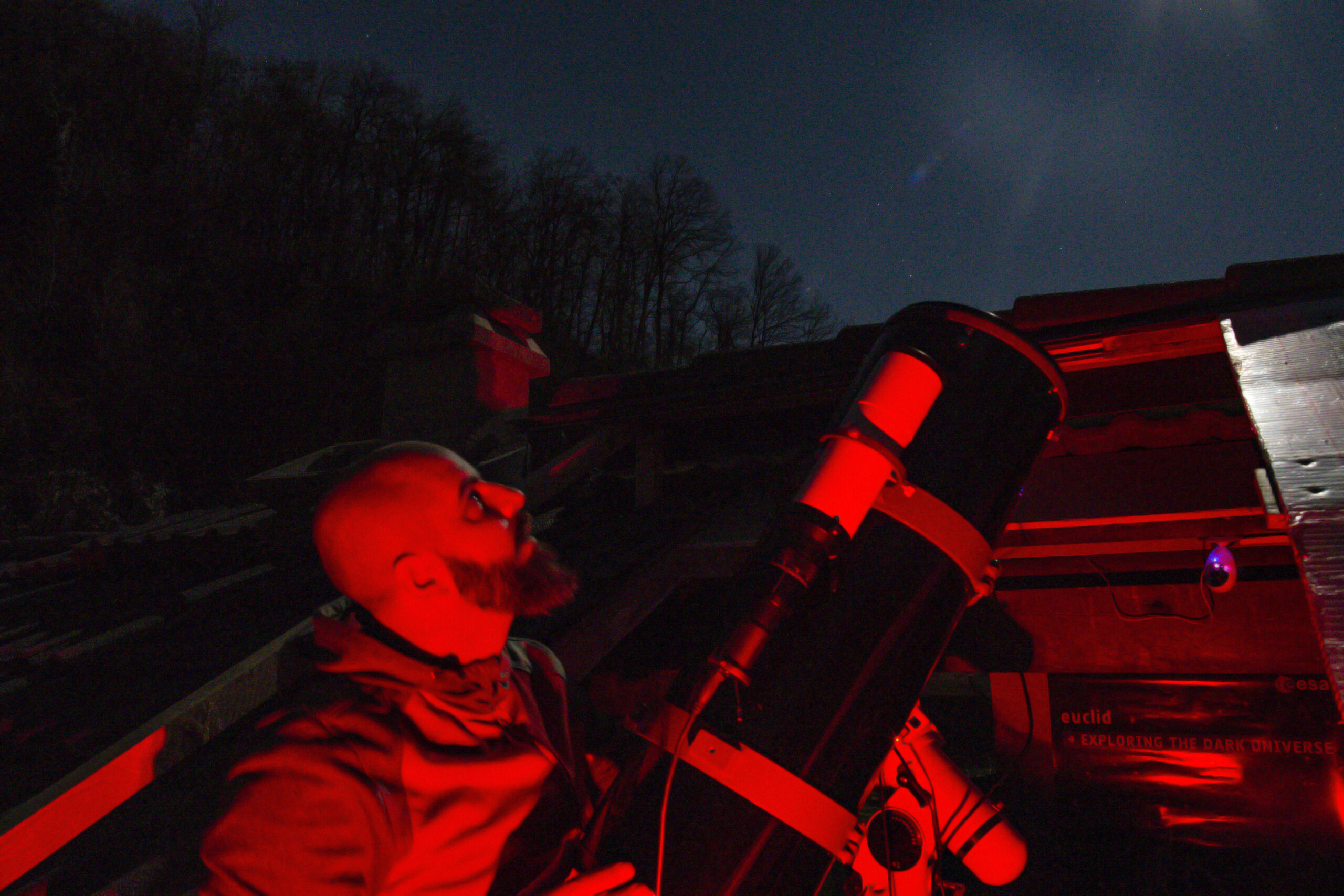
Federico observing at his personal observatory in Cavaliggi Grana Valley, Italy
Q: Why are you working on starting a regional chapter in Italy?
A: In Italy, the scarcity of information on these issues is a matter of fact. We live in a historical time led by false data and misinformation or, worse, omitted knowledge out of convenience. Informing citizens in a correct way should be among the priorities of activism, creating a reference point for those who want to get informed, get active and fight light pollution is a great place to start.
Let’s be clear, in Italy there are many groups involved in communicating the issues related to light pollution, but we are still few. Being physically present in the territory as a chapter gives us the opportunity to interact with the population and nudge it towards the right direction.
For those of us who are “in the business” having daily data on the environmental disaster that light pollution brings, it becomes obvious how serious the problem is. Citizens, on the other hand, consider artificial light a comfort and not a detriment.
We know very well how 99 percent of Europeans do not see the stars. We are aware that 70 percent of CO2 emissions are caused by energy abuse. People from Europe or the USA consume, on average, 30 to 40 times the amount of energy per capita than someone living in China, India or Africa. This shows how much unnecessary energy waste is being perpetrated by our countries.
Our mission as a DarkSky Chapter is to inform the citizens on the real data about this problem, about the current climate crisis, how resources are being poorly used, and most importantly, how to find solutions to counteract the problem.
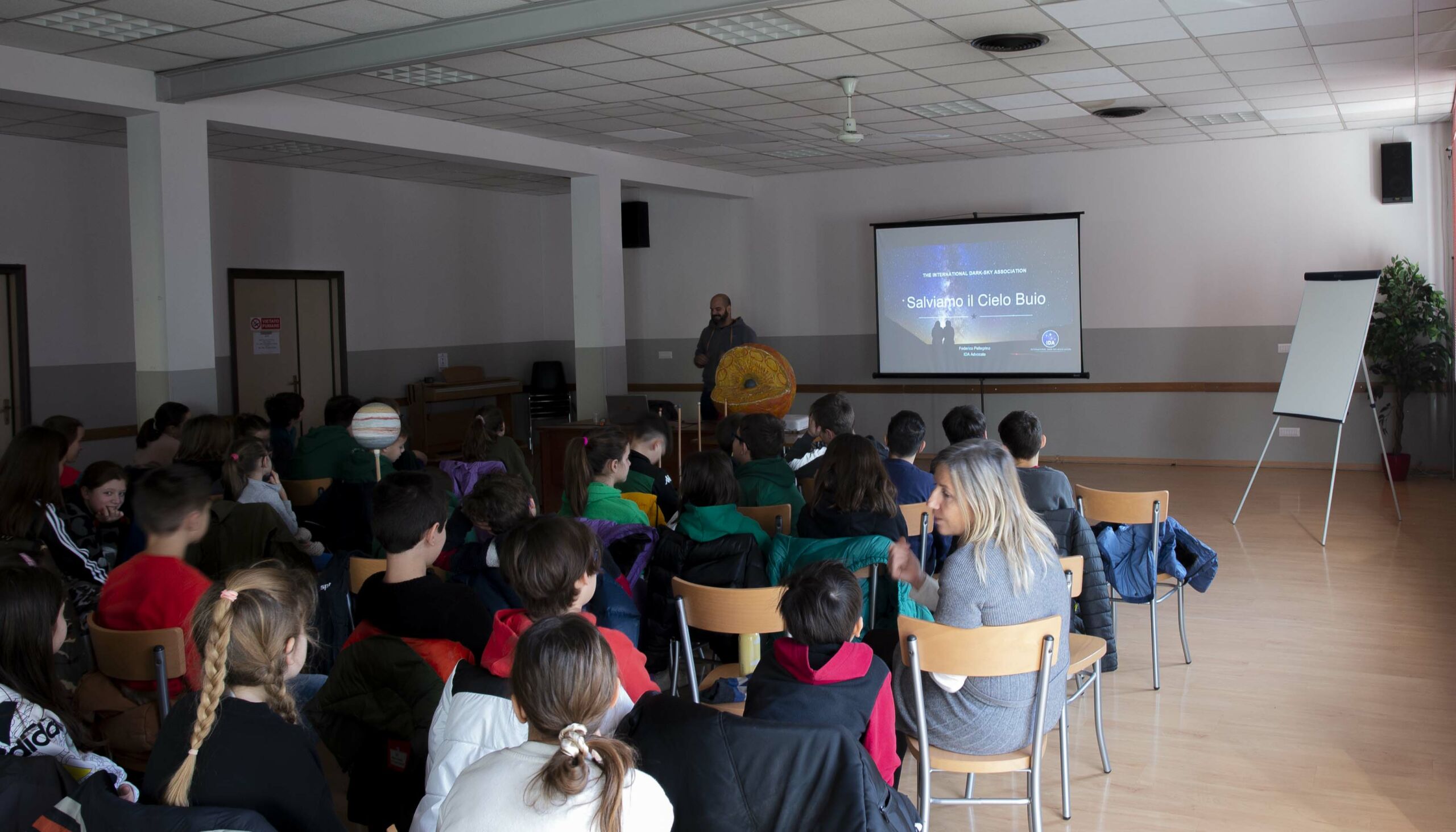
DarkSky presentation with school in Savigliano, Italy
Q: What are your plans for International Dark Sky Week 2023?
A: For us, this is the first year we celebrate the International Dark Sky Week in these territories. We organized a whole week of events with both schools and the public. From April 15th to 22nd we flooded the area with educational outreach activities and night sky observation.
We will start with the presentation of a book by a dear friend, Irene Borgna, titled “Black Skies – how light pollution is stealing our night”. She is also engaged in this fight to protect the night sky. We will go into schools to talk about DarkSky International, climate change, and biosphere protection. There will be several night walks to raise awareness of the issue among the local population.
We are sure it will be a success! We have worked hard in the past months and the first results are already visible, especially in the participation in the events. We will meet more than 300 young people from schools and we have more than 80 people booked for the evening events. We are also working very well on social networks to disseminate useful information on the topic.
Q: How did the proclamation effort go in your communities? How many proclamations were you able to get, and how are you leveraging these proclamations?
A: Local municipalities immediately understood the importance of the event and supported us in the initiative. Also, several local entities such as the Maira Valley tourism consortium and the Stura Valley consortium, which we want to thank, gave a push to the proclamations to the municipalities involved in the International Dark Sky Week.
We managed to get eight dark sky proclamations from the towns of Aisone, Bernezzo, Caraglio, Demonte, Dronero, Monterosso Grana, Roccabruna, and Valgrana.
This is definitely a first step to raise awareness in the area. These proclamations allow us to have active citizenship in the initiatives and to increase the awareness about light pollution.
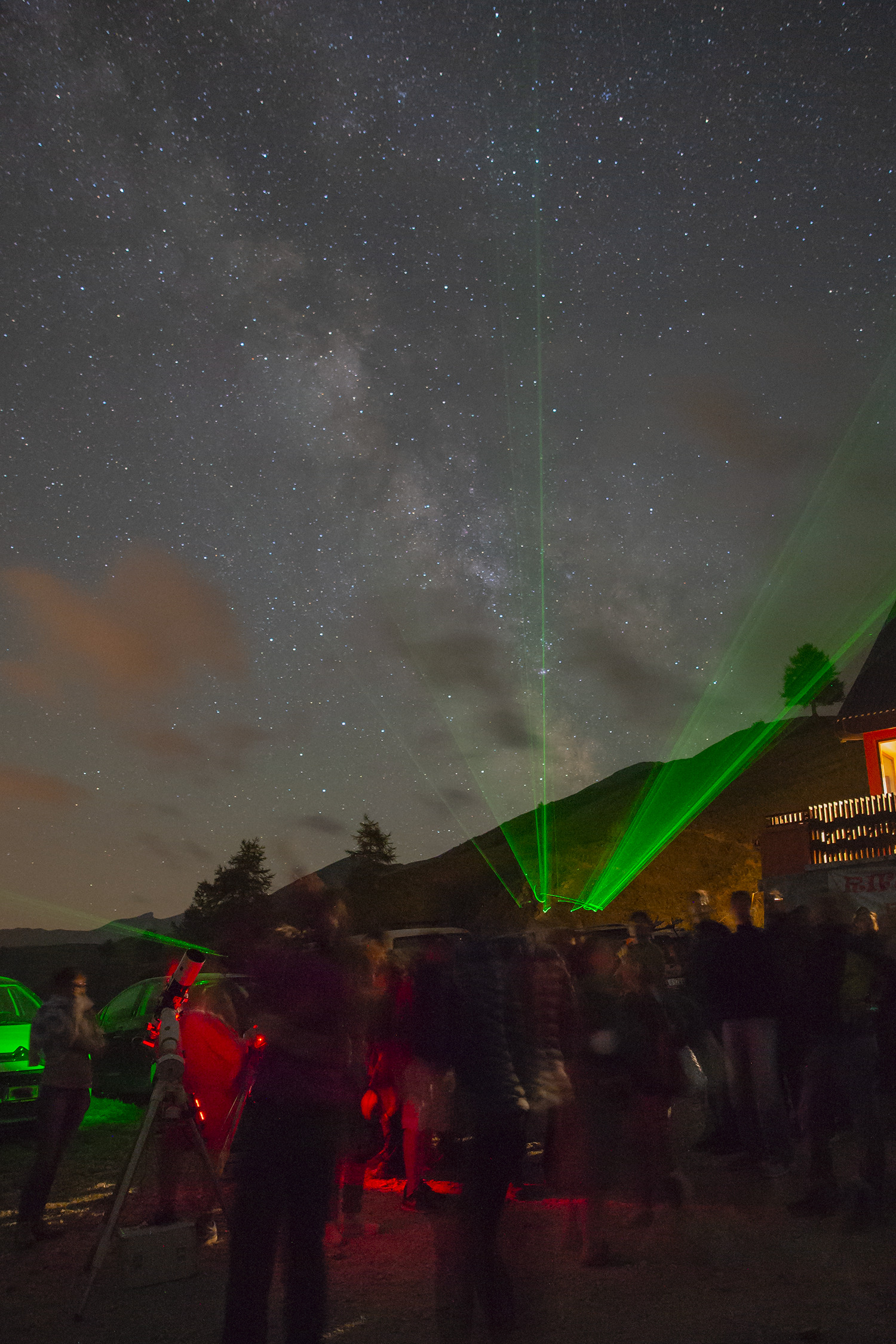
Star observation in Grana Valley, Italy
Q: What are your plans for the future?
A: We believe in positive momentum, which is why we want to create even more projects that push in the right direction.
We are thinking about the conversion of facilities with smart lighting systems, timed time slots and protected areas of the night sky to safeguard the biosphere. We submitted a project in partnership with four municipalities in our valley. The goals are the creation of night reserves, protected areas and citizen science. By the active participation of the citizens we will give support to initiatives like Globe at Night, and we will install systems for light pollution and wildlife monitoring. We will also involve people in environmental education activities covering many aspects related to our territory.
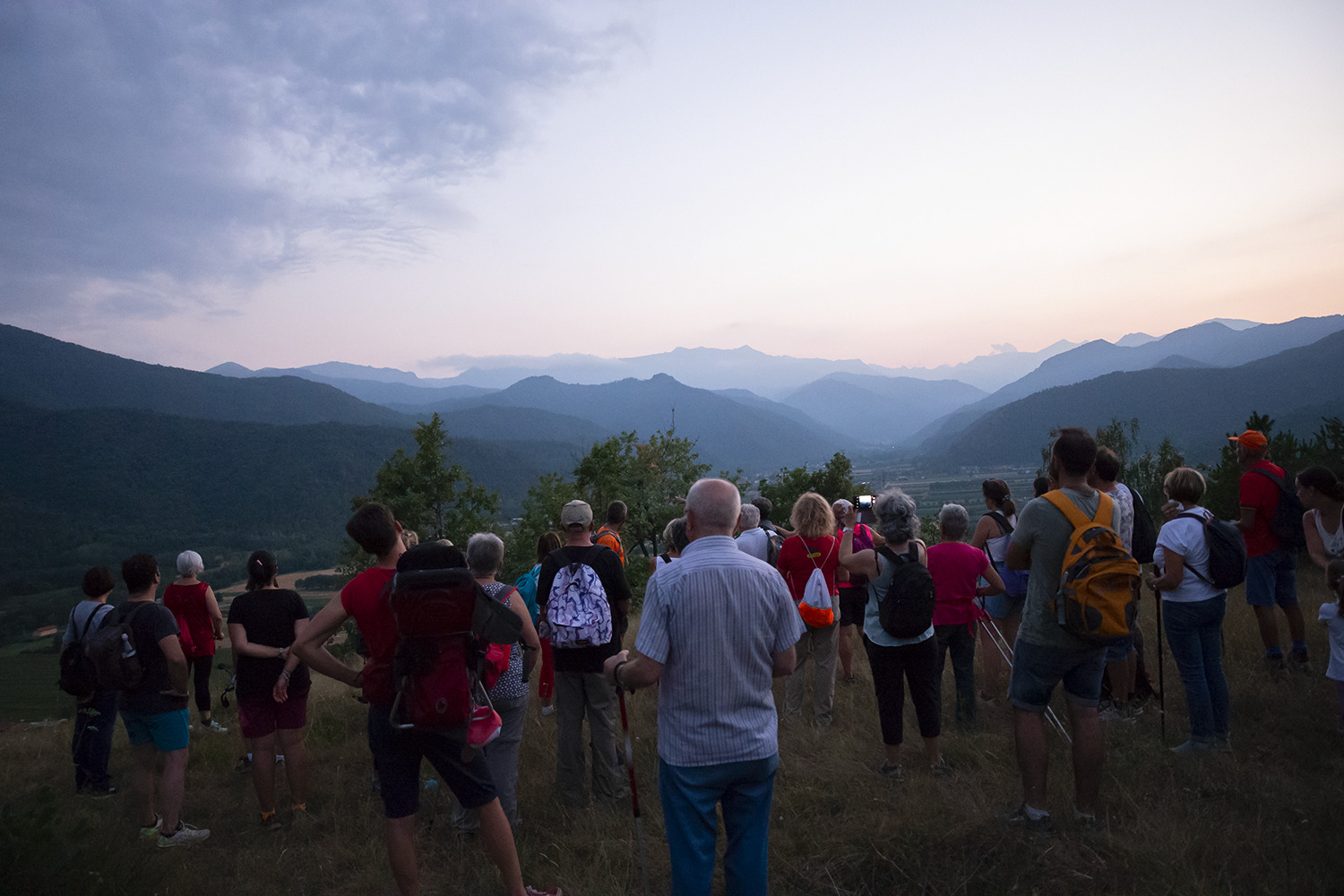
Astronomical trekking in Grana Valley, Italy
Q: Why are dark skies important to people in Italy?
A: The night sky is our only window to the immensity of the cosmos. We are all under the same sky, seated on this little pale blue dot that is the Earth (cit. Carl Sagan). Staying still even for a moment can stop a life of perpetual prioritization that we have stumbled badly into as a society. The oldest heritage we have as a species resides in the stars. We must preserve the night sky because it is part of our cultural heritage and it is our duty to leave a better world to those who will come after us. The stars will always witness this.
I nevertheless place great trust in human beings, even though Italy is among the most light-polluted countries in the world. More and more Italians realize the value of the starry sky and how important it is to protect the biosphere that resides beneath it.
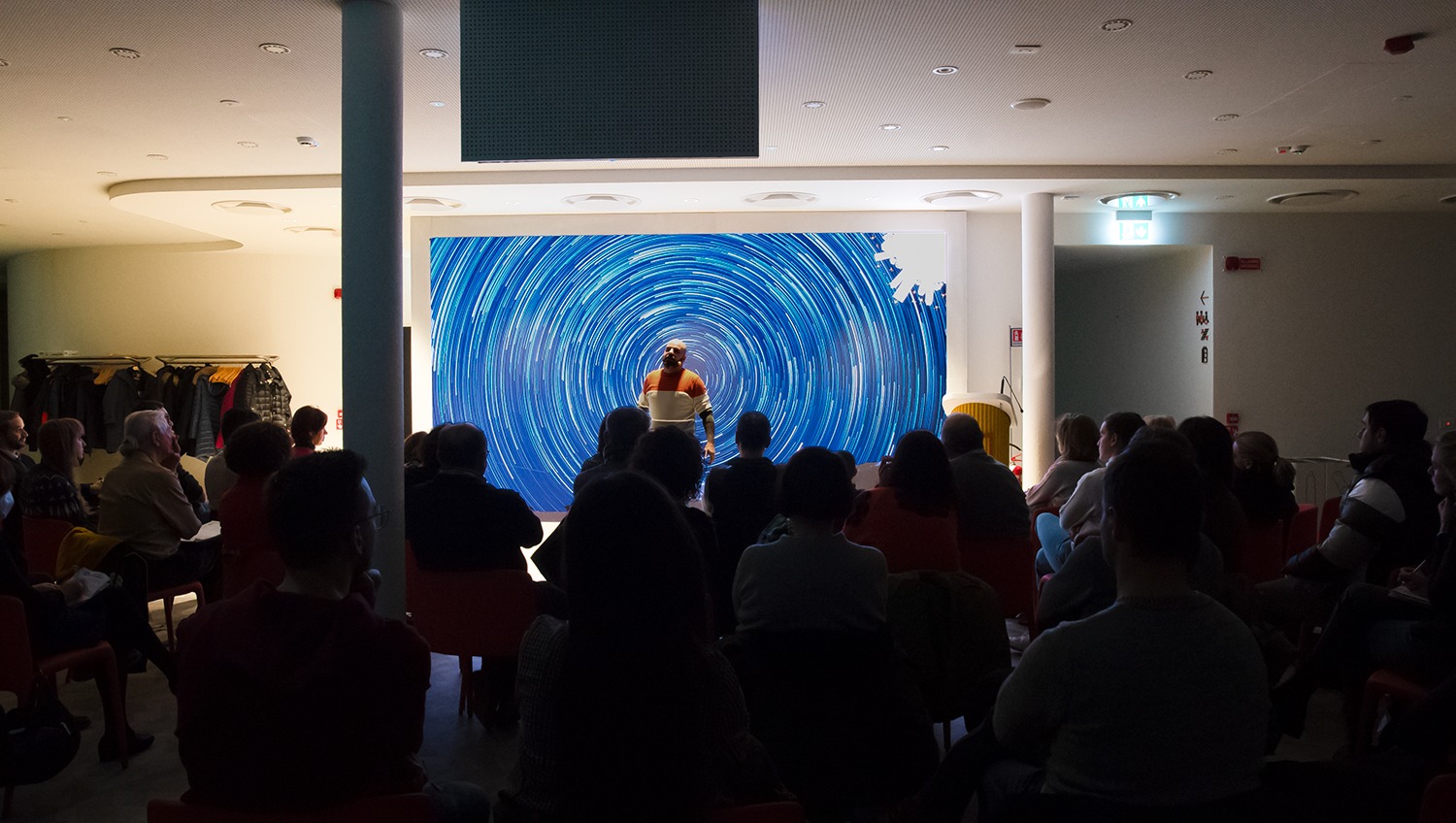
Open conference on Milky Way in Cuneo, Italy
Q: Do you have any local cultural stories about the stars?
A: Even without great technologies, ancient valley dwellers knew the age of the moon on January 1st and knew how to calculate lunations, which was very useful for the peasant calendar. The calculation method was called Epatta.
Popular imagination saw anthropomorphic figures in lunar craters. A legend came from these figures, of a man on the moon called Meugin in the city Bellino.
Meugin was a shepherd boy who grazed his sheep in the meadows above the village of Bellino. During a full Moon, however, there was too much light and the animals could not sleep. Meugin then started thinking of a method to make the Moon less bright, and one day he had a great idea. He was going to set the Moon on fire, so it would go out!
He began to gather many sprigs of artusin, that is rhododendron, to make bunches to light on fire. He put them in a basket to carry on his shoulder, and with other twigs he made a very long ladder to reach the Moon. He set out and when he got up there he lit the Moon on fire, but since it is made of rocks only, it did not burn.
Very disappointed, Meugin decided to return to Earth, but no twigs were left and he couldn’t build another ladder. He thus remained imprisoned forever on the Moon. The spot you see in the shape of a man would be him, the hump on his back would be the basket on this shoulders.
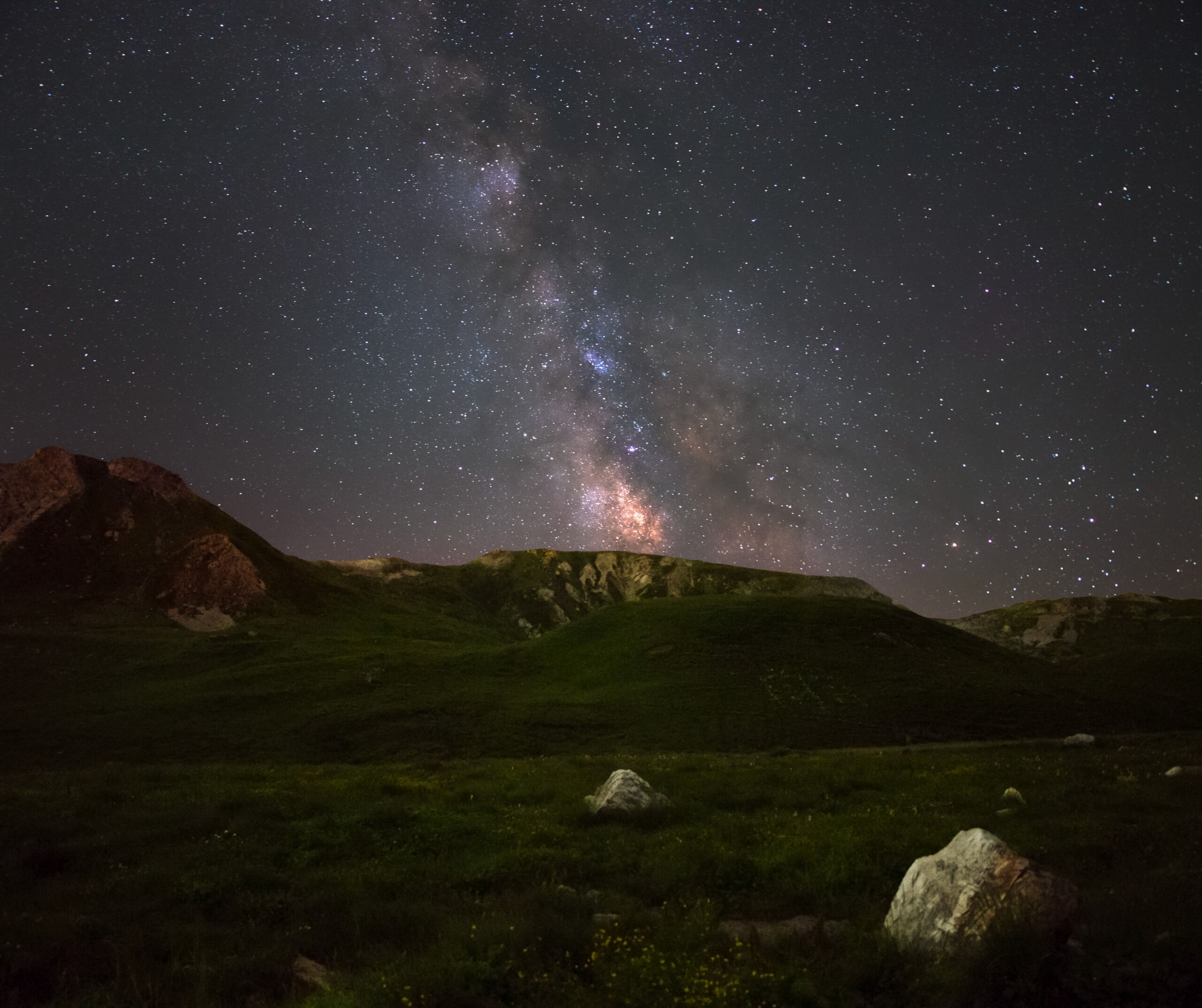
Image of the Milky Way from Fauniera alpine refuge, Italy
Q: Is there anything else you would like to share with us?
A: Today, I speak not only as a DarkSky Advocate, but on behalf of all the members of the Sideralis Officina delle Stelle association. Credit for the work we are doing goes to all of them indiscriminately, who believe in this project and carry on the activities and behind the scenes with dedication every day. I want to thank the whole Sideralis team for that.
Finally, I wish you all clear skies!
See more of Federico’s work at Sideralis Aps, and check out their Facebook and Instagram pages to stay up to date on Federico’s work!
Click here to join the DarkSky Advocate Network!







